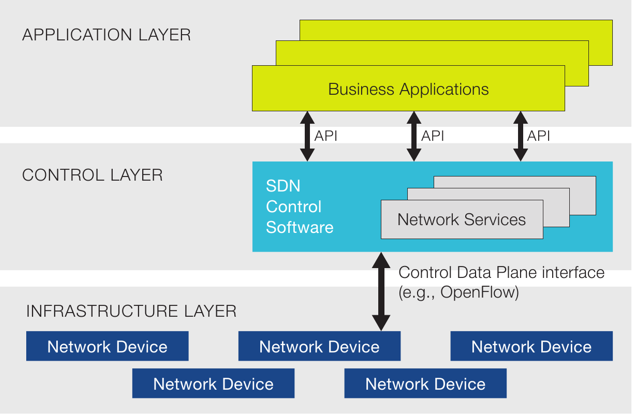What's Next for SDN?
By: John Nishimoto

As I think about the traditional telecom network today, the taxi versus Uber is an apt metaphor. If I need a ride in the traditional taxi “system", I call a central number and hope they dispatch my request to an available cab. I’m at their mercy in terms of controlling the message, dependent on available capacity (cabs), and uncertain of when the cab will get there to pick me up to take me where I need to go. Contrast that to Uber where there is more capacity (notice all the cars with Uber stickers), and from my phone or PC, I can see what’s available and know when they will pick me up. I make the selection based on my needs, pre-pay based on a known amount, and then get to my destination faster and probably less expensively.
Many traditional network providers are like today’s taxicabs, wondering why they’re losing business and then running to catch up with the rapidly changing demands of today’s tech savvy customers. Amidst this environment of growing expectations and all-too-often flat-footed responsiveness, software-defined networking (SDN) offers an opportunity for many players—not just traditional network providers—to take advantage of abstraction to address customer demands while solving internal operational and network cost issues, as well.
A Simple Definition of SDN
Software-defined networking is an architecture that virtualizes the control and configuration of networks. SDNs are directly programmable which enable administrators to control a network’s behavior through application program interfaces (APIs). The advantage is that it provides an agile management platform that decouples the control plane–decisions about where traffic is routed—from the data plane which determines how traffic is forwarded. The ability to offload work onto software to control or "orchestrate" increases network management flexibility and simplifies customized security policy implementation based on the application and use. In a simplified graphic, it looks like this:
SOFTWARE-DEFINED NETWORK ARCHITECTURE
Courtesy of: Open Networking
Foundation
Drivers of a New Architecture
SDN is part of a long history of efforts to make data networks more programmable. Internet usage began growing rapidly in the 1990s, and by the early 2000s, increasing traffic volumes, greater emphasis on network reliability, predictability and performance led network operators to seek improvements in network-management functions such as control over the paths used to deliver traffic.




















